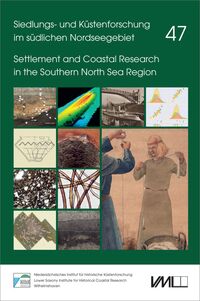
This volume contains essays on research into agriculture, burial customs and textile production in the pre- and protohistoric coastal region of the North Sea. A study on current investigations into the utilisation of peatland areas in the Dutch coastal region in the centuries around the time of Christ's birth shows that - contrary to previous assumptions - peatland cultivation was primarily geared towards subsistence farming. The small cremation cemetery at Wingst-Olymp, District of Cuxhaven, which was established during the 2nd and 1st c. BC, was uncovered as early as 1939, but the material is only presented in full in this volume. The following contributions deal with the analysis of the spindle whorls recovered during the excavations of the Feddersen Wierde terp in the District of Cuxhaven. Both typological classifications and experiments to determine the specific properties of the objects were carried out. In addition, a selection of the spindle whorls was analysed in terms of manufacturing techniques. Together, these investigations have made it possible not only to formulate new results about the organisation of the spinning work on the terp, but also to make new statements about the changing spinning techniques in the course of the Roman Iron Age. The last article is a research report on the underwater archaeological investigation of a warship of the Imperial German Navy that sank off Heligoland during the First World War.